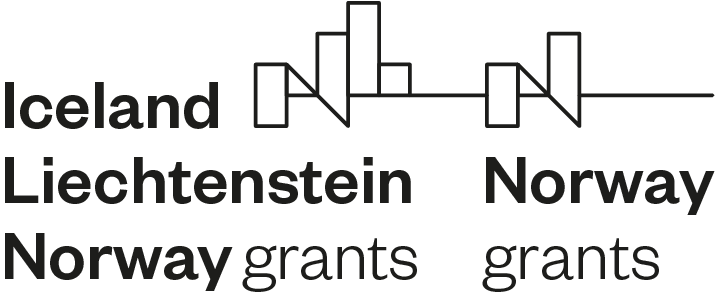During the project, the research team obtained the following coating types: VO2, TiO2, TiO2/VO2 (5 pairs per
sample).
In case of the monolayer of VO2 (70 nm thickness) that starting with the temperature of 65
°C, the reflectivity values above 1000 nm (in the IR range) slightly increase with the
temperature, as expected to a specific metal-insulator transition behaviour.
This effect is
even more effective in the case of the bilayer structure, starting already from 50 °C, in
agreement with a lower transition temperature for the bilayer. In case of the multilayer
structure, the reflectivity behaviour above 1000 nm is not concluding, in the sense that it
increases slightly with temperature, in the range from 1000 to 1400 nm, but decreases with
the temperature for wavelengths higher than 1400 nm. From the point of view of this
functionality, this multilayer system seems to be almost not effective.
Also, the TiO2(Rutile)/VO2/TiO2(Anatase) multilayer coatings could be implemented as a
smart window that combines energy saving, antifogging and self-cleaning functions ensuring
a sustainable approach of the project.

